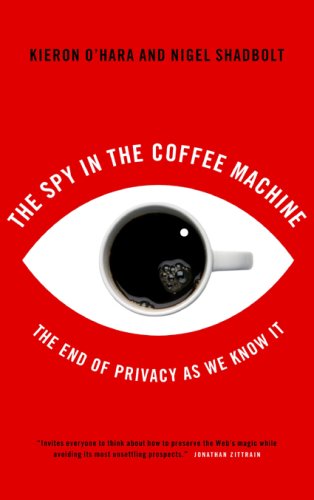
I am the Online Educa with Stoas for a commercial purpose: we have a stand with four European Moodle partners and are trying to talk to as many people as possible about Moodle
This means that I have not had the opportunity to really go to any of the sessions. I did manage to go to the keynotes of the first day though, so I would like to write down some of the things that I have noticed there.
Just like Wilfred Rubens I had really looked forward to hear Michael Wesch speak. I should have known that I would have been disappointed. This had nothing to do with Wesch, who is an insightful and entertaining speaker, but with the fact that I already know what he does. He focused on the lowest common denominator in the audience and that wasn’t me.
I guess you could say that he suffered from the exact problem that he is trying to solve in his educational practice: how do you stay significant when you stand in front of an audience in a design built for non-participation. The title of his talk “The Crisis of Significance and the Future of Education” is highly relevant. I thought it was unfortunate that he only focused on the first part of his title and did not talk about recent educational projects like his World Simulation Project.
One slight disappointment was followed by a very pleasant surprise. The Berlin based media scholar Norbert Bolz gave a slide-less talk titled “From Knowledge Management to Identity Management”. This talk was highly conceptual and sociological (if not philosophical).
He talked about five Internet related phenomena and what kind of effects these are having on society:
- Serious play or the “paradise of work”. Bolz thinks there will be less of a difference between work and private time. Successful people will be absorbed in their work. The software tools that we buy are also toys. We should learn how to play with these tools (just like with toys) to use them effectively. Younger people are naturally the avant garde of this development.
- Self design, also known as branding yourself. Personal brands are humans who have learned how to catch people’s attention. He described a progression from broadcasting to narrowcasting to echocasting and considers Youtube to be a prime example.
- Identity management has to do with social wealth. He thinks we are living in the age of reputation and recommendation.
- Attention management is about the interrelation between ignorance and trust. To know more is to also know less. All our options are disproportionate to our available time resources. Attention should be considered a naturally scarce resource. There is huge battle for this resource in trying to grab our attention.
- Linking value is the most surplus value add in this century. This is because of the logic of networks. Bolz referred to Granovetter’s “ground breaking essay” The Strength of Weak Ties. Old social networks have strong ties, whereas the current social network have weak ties (e.g. a Facebook users with 2600 “friends”) . Networks with weak ties are more information rich while the information flow between strong ties is very small (he gave the example of how lover’s communicate).
All of these are topics which invite more exploration. I am looking forward to doing that over the next couple of weeks and will start with Granovetter’s essay.
Tomorrow is another day. I am hoping to see another keynote session and go to the Battle of the Bloggers (with Jay Cross, Wilfred Rubens and Stephen Warburton; looking forward to the strong language!).

